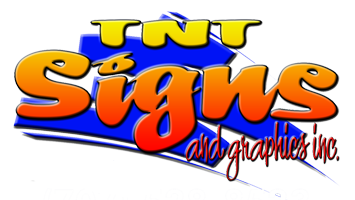The holidays are upon us. That means getting the family together and showcasing all of the cards that you’ve received in the mail.
Now, everyone knows those family pictures look great close up, but how would they hold up to photo enlargements if you wanted something a bit more expansive?
You’ve probably thought of blowing up small images for your business. But how do you know whether it will still look professional?
Differences Between Raster and Vector Graphics with Photo Enlargements

Well, the first thing to realize is that images usually come in two file types – vector and raster. Raster files are what most people think of when they think of image files and, incidentally, what can go wrong with photo enlargements.
Raster files are the traditional files that most folks are familiar with: .gif, .jpeg, and .png files. These kinds of files are very popular with photographers and uploaded images to the web, but they also come with significant setbacks if you’re looking at photo enlargement.
The good news is that vector graphics and vector files work beautifully with photo enlargements and are actually preferred if you’re looking to turn your image into (or, in this case, onto) a physical product. You have to, pretty literally, look into the details to see why vector files are so much better for physical products and photo enlargements.
You Can’t Be Both Professional and Pixelated
Raster graphics are made from pixels whereas vector graphics are made from mathematical calculations that connect points across your images and coalesce into shapes and lines in your images.
When you go to enlarge raster graphics, you have to either keep the number of pixels constant – which results in a blurry, “pixelated” image – or enlarge the file and add more pixels – which your computer software does randomly throughout your images to make photo enlargements. Vector graphics overcome both of these challenges.
There’s one important implication from the fact that vector graphics are made from mathematical calculations and not pixels. When you go to increase the size of your images – to make something like a banner for a holiday sale – vector files can be scaled up without losing fidelity since the mathematical calculations stay constant throughout.
Vector graphics are said to be resolution-independent because you can retain great quality with photo enlargements. Vector graphics are widely used in real-world printing, engineering, computer design (computer-aided design or CAD software) and specialty 3-D printing. They’re versatile and easy to scale and edit.
Smaller File Sizes and Easier Editing
The ability to bring to life beautiful photography with raster graphics is made possible by the fact that you can cram so many dots per inch into an image. That comes at the cost, though, of huge file sizes for all but the most modest applications. And these kinds of files rarely play nicely with photo enlargements.
A 200 X 200 pixel raster image will be 40,000 pixels total. So far, so good. But when you get into photo enlargements, the amount of pixels stay the same as the size of the image increases, which results in shoddy detail and blurry pictures. By contrast, the same vector graphic depend mainly on four points instead of 40,000 individual pixels.
Photo enlargements with vector graphics work so easily because that same 200 X 200 image is colored and scaled up based primarily on four corner points.
Your computer basically connects the four points in your image and applies the right colors according to a mathematical formula. Smaller files, easier scaling, and more selective editing options with Adobe Illustrator are all possible with vector graphics. Contact us for more information.
